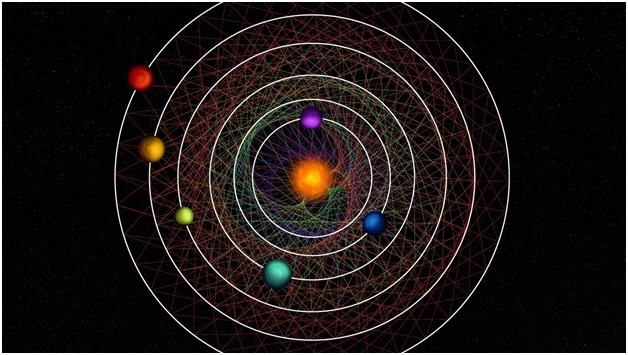Sub-Neptune Planets (The Hindu)

- 02 Dec 2023
Why is it in the News?
Recently astronomers have discovered an uncommon star system located just 100 light-years away from us, with six planets huddled immensely close to their host star.
What about sub-Neptunes?
- Sub-Neptunes are generally any planet that has a smaller radius than Neptune, although some could still be more massive.
- There are no sub-Neptunes in our solar system even though they are now known to be more common around other stars than Neptune-sized worlds.
- They might be rocky planets with thick atmospheres of hydrogen and helium gas, planets made of rock and ice bearing warm and water-rich atmospheres.
- These sub-Neptune planets were Initially detected in 2020 by NASA's Transiting Exoplanet Survey Satellite (TESS) and are about two to three times as big as Earth.
What are the findings?
- The newly discovered sub-Neptunes range from 1.9 to 2.9 times Earth's diameter.
- All appear to possess a large atmosphere.
- They and their star are located around 100 light-years from Earth.
- A light year is the distance light travels in a year, 5.9 trillion miles (9.5 trillion km).
- The system has six planets, all about the same size and they've barely changed since its formation up to 12 billion years ago.
- Their star, called HD110067, is visible in Earth's night sky in the northern constellation Coma Berenices.
- These undisturbed conditions make it ideal for learning how these worlds formed and whether they host life.
